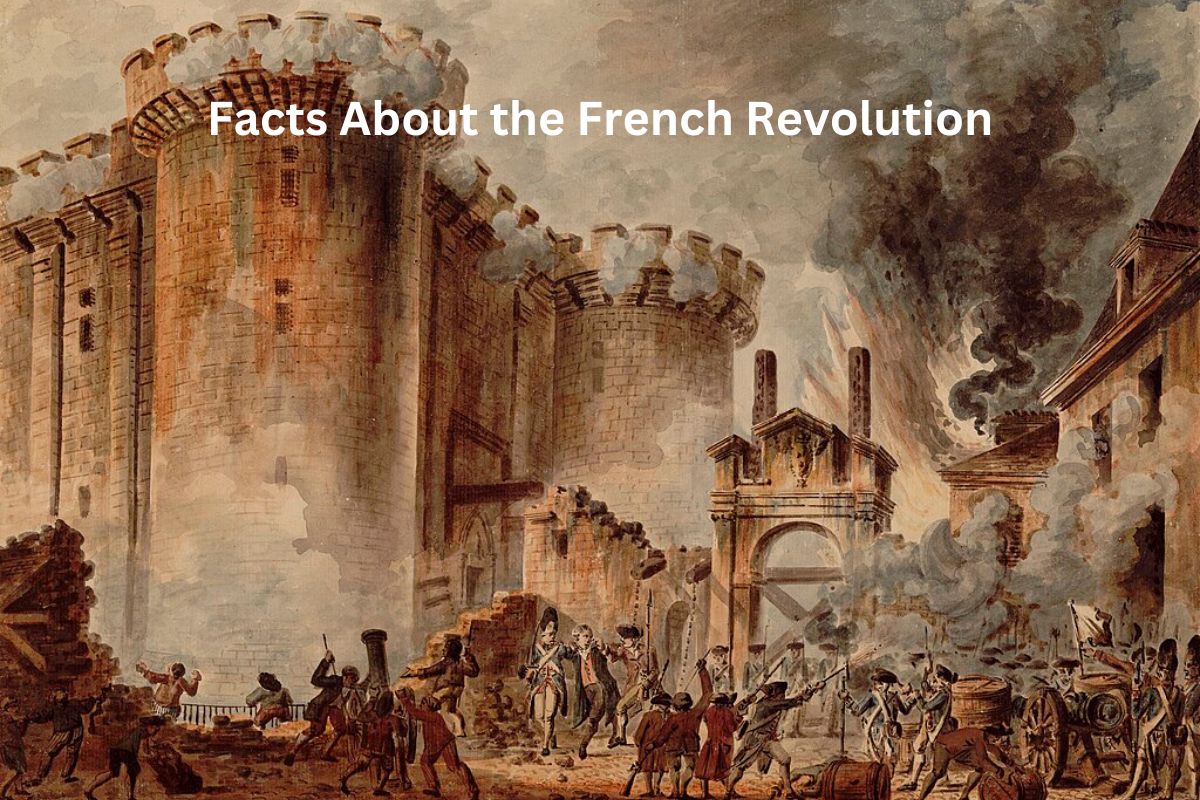The French Revolution, spanning from 1789 to 1799, stands as a seismic period in history that radically transformed France’s social, political, and cultural landscape.
It emerged from a volatile mix of economic inequality, Enlightenment ideals, and widespread discontent. This transformative event led to iconic moments such as the storming of the Bastille and the adoption of the Declaration of the Rights of Man and of the Citizen.
The revolution’s aftermath saw the rise and fall of leaders like Robespierre and the ascension of Napoleon Bonaparte. Its impact resonates through modern concepts of human rights, democracy, and artistic expression.
This introduction sets the stage for understanding the pivotal facts surrounding this complex and influential chapter in history.
French Revolution Facts
1. Occurred from 1789 to 1799
The French Revolution spanned a tumultuous decade from 1789 to 1799. It emerged as a response to deep-seated social, economic, and political issues in France.
Also Read: Napoleonic Wars Timeline
During this period, the established order was challenged, leading to significant changes in the structure of French society and government.
2. Caused by inequality and Enlightenment ideas
The French Revolution was triggered by a combination of factors. Economic inequality was widespread, with the majority of the population, mainly peasants and urban workers, suffering from poverty and high taxes.
Also Read: French Revolution Effects
Enlightenment ideas, emphasizing individual rights, liberty, and equality, also inspired people to question the absolute power of the monarchy and nobility. The lavish spending of King Louis XVI and involvement in international conflicts worsened France’s financial situation.
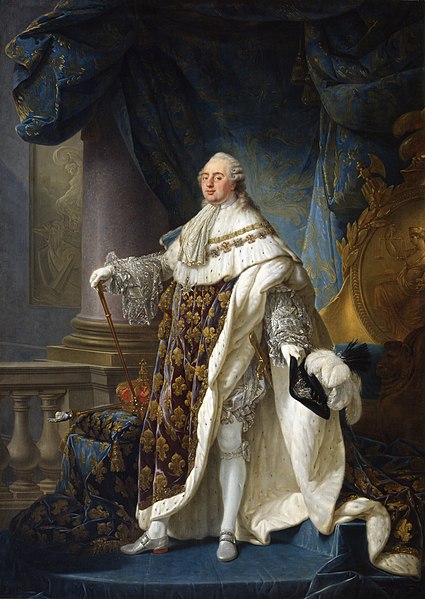
3. Estates General led to the National Assembly
The Estates General was a traditional assembly consisting of representatives from the three social classes or estates: the clergy, the nobility, and the commoners. In 1789, faced with financial crisis, Louis XVI convened the Estates General to discuss tax reform.
However, the commoners, who represented the majority of the population, were dissatisfied with their limited influence and formed the National Assembly.
They declared themselves as the legitimate representatives of the people, marking a significant step toward revolution.
4. Tennis Court Oath signaled change
As the commoners from the National Assembly faced resistance from the king and nobility, they found themselves locked out of their meeting place in June 1789. In response, they gathered in a nearby indoor tennis court, where they took the famous Tennis Court Oath.
This oath was a pledge not to disband until a new constitution for France was established, marking a bold move against the king’s authority and signaling their determination to create a more just and equitable society.
5. Bastille stormed on July 14, 1789
The storming of the Bastille is a pivotal event often regarded as the beginning of the French Revolution. On July 14, 1789, enraged by food scarcity, economic hardships, and political oppression, a Parisian mob stormed the Bastille, a fortress and prison symbolizing royal tyranny.
The fall of the Bastille not only marked a physical victory but also a symbolic triumph of the people against the monarchy’s authority. This event sparked further uprisings and demonstrations across the country.
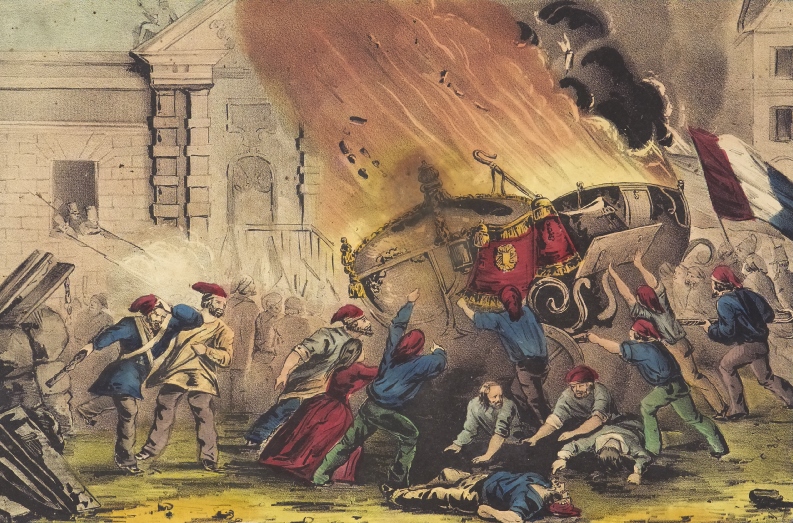
6. Declaration of Rights of Man, 1789
In August 1789, the National Assembly adopted the Declaration of the Rights of Man and of the Citizen. This influential document proclaimed fundamental rights and freedoms for all citizens, including equality before the law, freedom of speech, and the right to participate in government.
It encapsulated the revolutionary ideals of liberty, equality, and fraternity, serving as a cornerstone for constitutional reforms and shaping the concept of human rights globally.
7. Reign of Terror, 1793-1794
The Reign of Terror was a dark period during the revolution characterized by extreme political violence and radical measures. It began in 1793 with the rise of the Committee of Public Safety, led by Maximilien Robespierre.
The committee aimed to suppress counter-revolutionary forces and perceived threats to the revolution, resulting in mass executions by guillotine. The terror eventually led to Robespierre’s own downfall, as his methods and policies became increasingly unpopular.
8. Louis XVI and Marie Antoinette executed
King Louis XVI’s perceived betrayal of the revolution led to his arrest and trial for treason. He was found guilty and executed by guillotine in January 1793.
His wife, Queen Marie Antoinette, faced a similar fate in October of the same year. The regicide symbolized the shift from absolute monarchy to a republic and further intensified the conflict between revolutionary factions.
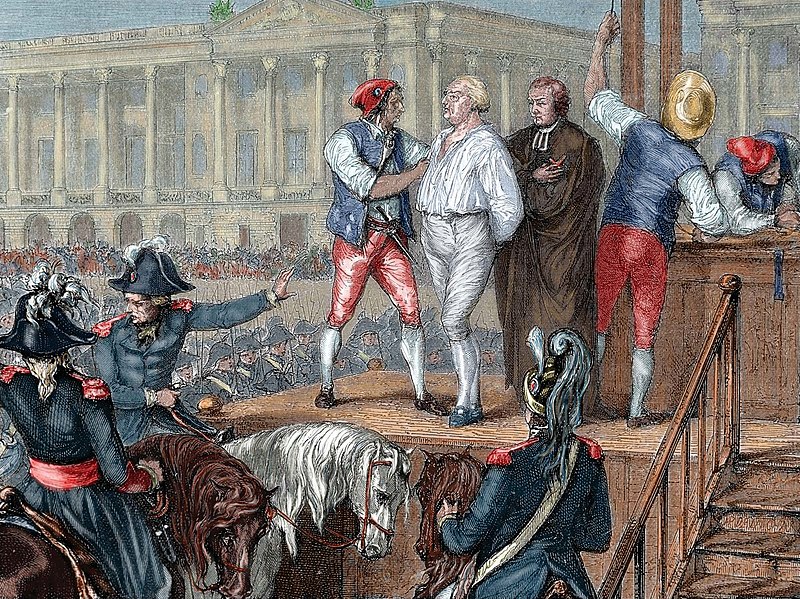
9. Robespierre’s rise and fall
Maximilien Robespierre emerged as a prominent figure during the revolution, advocating for radical change and popular democracy. He played a central role in the Reign of Terror, advocating for the execution of perceived enemies of the revolution.
However, his extreme policies and methods generated opposition, leading to his arrest and execution in July 1794. His fall marked a turning point in the revolution’s direction.
10. Napoleon rose to power, 1799
The revolutionary chaos paved the way for Napoleon Bonaparte, a skilled military general, to seize power. In 1799, he staged a coup known as the 18 Brumaire, effectively ending the revolutionary government and establishing a new regime called the Consulate.
Napoleon’s rise marked a shift from radicalism to a more centralized and authoritarian rule, ultimately leading to his proclamation as Emperor in 1804.
11. Napoleonic Code influenced laws
The Napoleonic Code, also known as the Civil Code of 1804, was a comprehensive legal framework introduced by Napoleon Bonaparte. It aimed to streamline and modernize France’s legal system, bringing clarity and consistency to laws governing civil matters.
The code emphasized principles such as equality before the law, property rights, and individual freedoms. Its influence extended beyond France, serving as a model for legal codes in various countries and contributing to the spread of civil law principles.
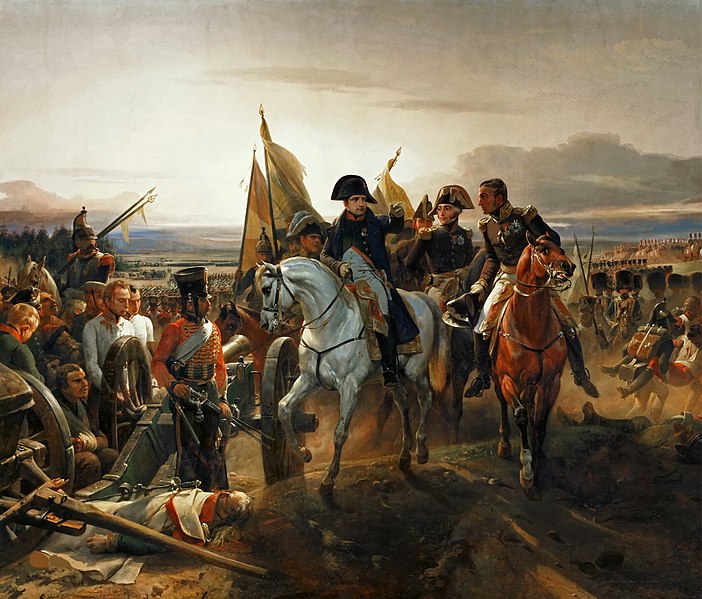
12. Napoleonic Wars across Europe
As Emperor, Napoleon embarked on a series of military campaigns known as the Napoleonic Wars. These wars, spanning from 1803 to 1815, involved most of Europe and often pitted Napoleon against coalitions of other European powers.
The wars were characterized by a combination of military prowess, strategic genius, and political maneuvering. While Napoleon achieved significant victories, his ambition to establish hegemony over Europe ultimately led to his downfall.
13. Congress of Vienna after Napoleon
The Congress of Vienna was a diplomatic gathering of European powers that took place after Napoleon’s defeat. Its primary goal was to restore stability and redraw the political map of Europe, aiming to prevent future conflicts.
The Congress aimed to establish a balance of power among the major nations, restore monarchies, and roll back some of the revolutionary and Napoleonic changes. While achieving relative stability, it also sowed the seeds for future tensions and nationalist aspirations.
14. Impact on democracy and nationalism
The French Revolution’s legacy reverberated far beyond its time and borders. It contributed significantly to the spread of democratic ideals, inspiring movements for self-determination, human rights, and constitutional governance around the world.
The revolution’s emphasis on equality and liberty laid the groundwork for modern concepts of citizenship and social justice, shaping political discourse and institutions globally.
15. Influence on art and Romanticism
The revolution’s impact extended into the cultural sphere, inspiring a wave of artistic and literary expression. The Romantic movement emerged as a response to the revolution’s upheavals, emphasizing emotion, individualism, and the connection between humans and nature.
Artists and writers like Eugène Delacroix and Victor Hugo drew inspiration from the revolution’s themes, creating works that captured the spirit of the era and influenced the trajectory of artistic movements.
